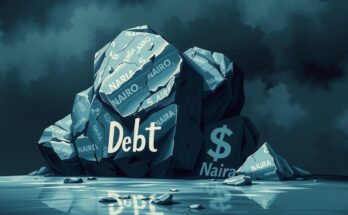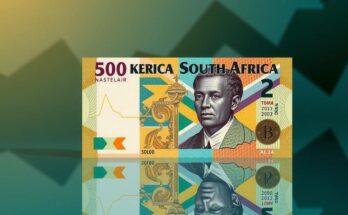Rwanda’s economy is projected to grow by 8.9% in 2024, primarily fueled by consumer spending, which accounts for 70% of GDP. Key growth sectors include trade, hospitality, and digital finance. While government spending and diaspora remittances contribute to liquidity, there are concerns about sustainability, trade deficits, and the need for improved investment strategies.
Rwanda is experiencing robust economic growth, with its GDP projected to increase by 8.9% in 2024, leading to a total GDP of Frw 18,785 billion. This information is derived from the latest GDP National Accounts published by the National Institute of Statistics of Rwanda (NISR) on March 19, 2025. Strong consumer spending, which constitutes 70% of the GDP, underpins this growth, indicating that economic activities largely depend on domestic expenditure rather than investment or exports. While this trend contributes to business expansion and job creation, it raises concerns regarding the sustainability of Rwanda’s economic model.
A key factor driving the increase in money circulation is rising consumer spending and business growth. The NISR indicates that the wholesale and retail trade sector has grown by 18% in 2024, reflecting higher consumer demand across various sectors, including retail and hospitality, which recorded an 11% increase. This growth is aligned with Rwanda’s aspiration to position itself as a regional tourism and business hub, thereby promoting both domestic and international tourism.
Government spending has also played a vital role in enhancing liquidity within the economy, as public expenditure surged by 15% in 2024. The government has invested in key areas such as infrastructure, social programs, and salaries, thereby increasing disposable income and spending in critical sectors like health and education. Consequently, this public spending continues to bolster economic activity across Rwanda.
The rapid growth of Rwanda’s information and communication sector, particularly in mobile money and fintech, has facilitated easier access to financial resources. The sector saw a remarkable 25% increase, with platforms like MTN Mobile Money and Airtel Money allowing users to transact swiftly and conveniently. This digital transaction trend has significantly enhanced financial inclusion and consumer comfort, contributing to the liquidity in the economy.
Additionally, the manufacturing sector has shown impressive growth, expanding by 7% in 2024. Industries such as metal products, machinery, and textiles are substantially contributing to job creation, thereby increasing disposable income levels. The banning of second-hand clothing has also augmented the demand for locally produced garments, stimulating domestic manufacturing and spending further.
Remittances from the Rwandan diaspora remain a critical source of liquidity, with $502 million sent home in 2024, though slightly reduced from the previous year. This steady inflow supports many households, enabling them to invest in personal development and welfare. Moreover, foreign aid continues to circulate within the economy, primarily benefiting education and healthcare sectors, which complements private sector investments currently taking root.
However, the abundance of money in circulation presents risks, including the reliance on imported goods, which exacerbates the trade deficit. Despite initiatives to promote local products, the demand for imports remains significant. Losses incurred from continued high spending on foreign goods might elevate inflation and weaken the Rwandan franc. Additionally, lower savings and investment levels could impede long-term economic growth, suggesting a need for redirecting capital towards sustainable development initiatives.
To ensure the long-term prosperity of Rwanda’s economy, a balanced approach is essential. This includes fostering an investment culture that prioritizes reducing import dependency while nurturing domestic production. The statistics suggest an alarming trend where GDP per capita fell from $1,054 in 2023 to $1,029 in 2024, indicating that population increases may overshadow economic growth, compounded by currency depreciation.
In summary, while Rwanda’s economy is booming, with significant growth driven by consumer spending, government expenditure, and the expansion of the digital finance sector, it faces potential challenges. The reliance on imported goods raises concerns about trade deficits, inflation, and the sustainability of high liquidity. To secure a prosperous future, Rwanda must cultivate a stronger investment culture, reducimport dependency, and enhance domestic manufacturing to foster self-reliance and long-term economic stability.
Original Source: www.ktpress.rw




